|
|
| Line 13: |
Line 13: |
| | | | |
| | <h2 style="font-size:79px">Measurement</h2> | | <h2 style="font-size:79px">Measurement</h2> |
| − | <h4>See <a href="https://2017.igem.org/Team:CCA_San_Diego/InterLab">Interlab page</a> for more details.</h4><br><br> | + | <h4>Measurement info here</h4><br><br> |
| − | | + | |
| − | <center><h6>First we standardized our measurements in both LUDOX-HS40 and water by taking a set of measurements in a spectrophotometer and calculating a correction factor to convert our data into the standardized units that iGEM requested (OD<subscript>600</subscript>).
| + | |
| − | </h6>
| + | |
| − | | + | |
| − | <table width="35%" height="auto">
| + | |
| − | <tr><td>
| + | |
| − | <center><img src="https://static.igem.org/mediawiki/2017/a/a1/InterlabFigure1.png" width="100%" height="auto"></center>
| + | |
| − | <br><h6>Figure 1: Absorbance measurement of LUDOX 100% and H2O and correction factor table.</h6>
| + | |
| − | </td></tr>
| + | |
| − | </table>
| + | |
| − | | + | |
| − | <br><h6>Next we used a serial dilution of fluorescein to generate a standard curve of the concentration, which we used to correct our cell-based GFP readings later in the experiment to ensure the accuracy of our measurements.
| + | |
| − | </h6>
| + | |
| − | | + | |
| − | <table width="35%" height="auto">
| + | |
| − | <tr><td>
| + | |
| − | <center><img src="https://raw.githubusercontent.com/anjalisg/IGEM/master/IGEM%20Website/assets/img/InterlabFigure2.png" width="100%" height="auto"></center>
| + | |
| − | <br><h6>Figure 2: FITC standard curve plotted from the data of 12 dilutions of concentration of 4 replicates</h6>
| + | |
| − | </td></tr>
| + | |
| − | </table>
| + | |
| − | <h6>For consistency of results, we used E.Coli k-12 DH5 Alpha for all of our transformations. We also conducted 4 trials to generate 4 replicates on the final sampling plate. <br><br>
| + | |
| − | To measure the cell-based assays, we started by transforming 8 plates of E. coli with the 8 samples provided in Kit 7. After allowing the colonies to form on the plates, each plate had 2 colonies selected to be grown in 5-10 mL LB medium + Chloramphenicol overnight (16-18 hours) at 37°C and 220 rpm.
| + | |
| − | </h6>
| + | |
| − | <table width="35%" height="auto">
| + | |
| − | <tr><td>
| + | |
| − | <center><img src="https://raw.githubusercontent.com/anjalisg/IGEM/master/IGEM%20Website/assets/img/InterlabFigure3.png" width="100%" height="auto"></center>
| + | |
| − | <br><h6>Figure 3: In order from left to right and top to bottom: Negative Control, Device 1, Device 2, Device 3, Device 4, Device 5, Device 6 and Puc19 serving as a plasmid indicator.</h6>
| + | |
| − | </td></tr>
| + | |
| − | </table>
| + | |
| − | | + | |
| − | | + | |
| − | | + | |
| − | <h6>The plate readers were configured to measure OD<sub>600</sub> and the overnight cultures were measured once to help calibrate the concentrations to the desired OD<sub>600</sub> of 0.02. The samples were once again incubated at 37°and 220 rpm. At the 0, 2, 4 and 6 hour time points during the incubation, 500 µL of each sample from both colonies were taken and measured for fluorescence.</h6>
| + | |
| − | | + | |
| − | <table width="35%" height="auto">
| + | |
| − | <tr><td>
| + | |
| − | <img src="https://raw.githubusercontent.com/anjalisg/IGEM/master/IGEM%20Website/assets/img/InterlabFigure4.png" width="100%" height="auto">
| + | |
| − | <br><h6>Figure 4: The overnight cultures show indications of varying fluorescence even before the formal testing period.</h6>
| + | |
| − | </td></tr>
| + | |
| − | </table>
| + | |
| − | <h6>For each time point, we had a 96 well plate that was organized according to the diagram provided by iGEM with each of our 8 devices over 4 replicates and an LB blank. Finally, the data we gathered was corrected and converted into the standardized units that the interlab uses to compare data across all the participating labs.
| + | |
| − | <br><br></h6></center>
| + | |
| − | | + | |
| − | | + | |
| − | | + | |
| − | | + | |
| | | | |
| | <div class="footer-dark"> | | <div class="footer-dark"> |






